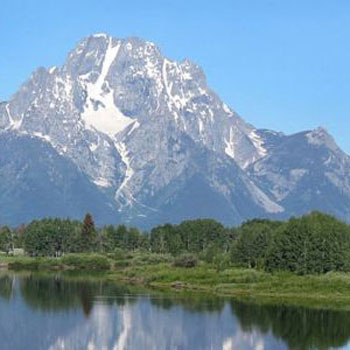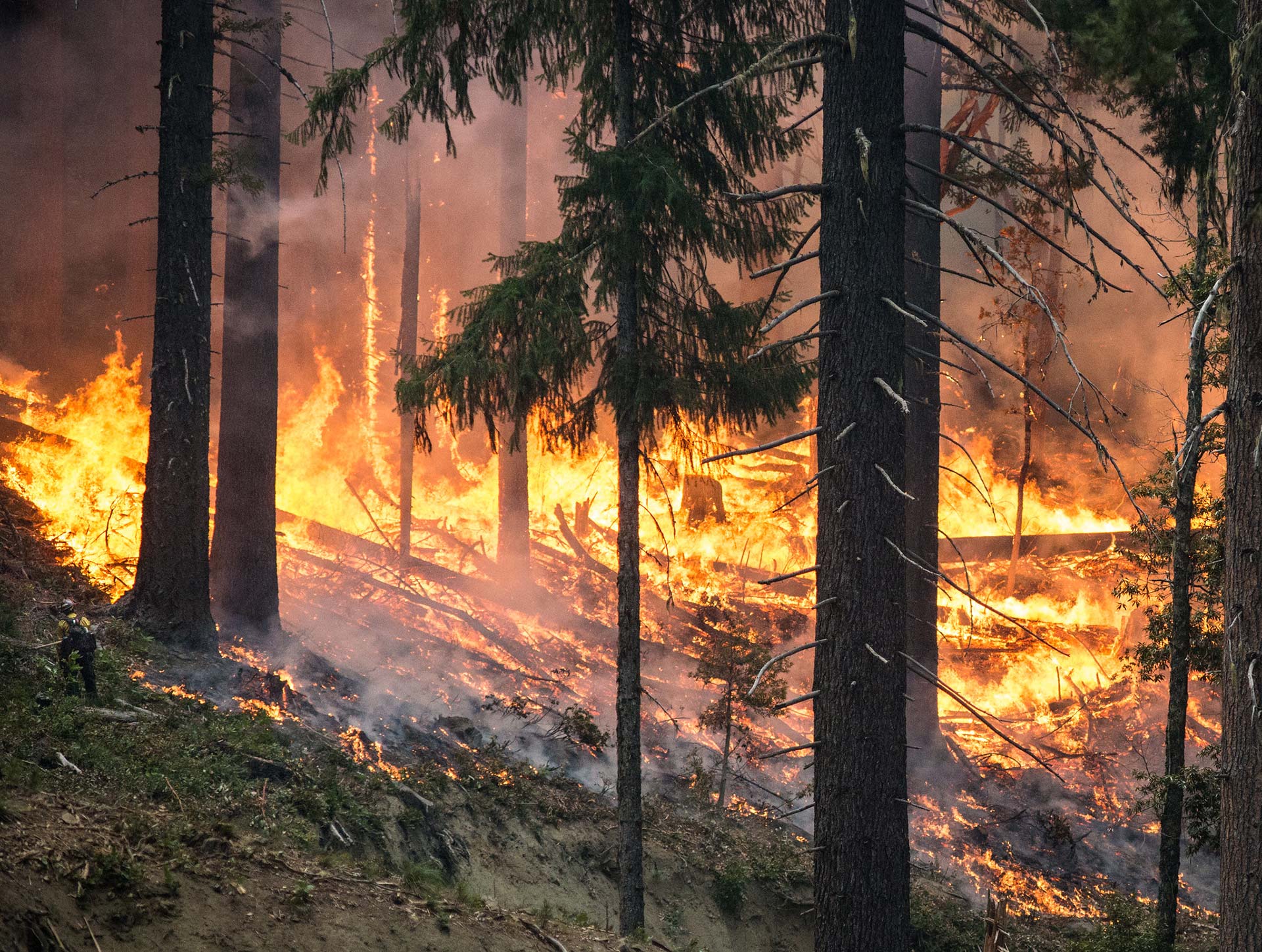-

This research and interactive charts show that the local economies adjacent to all 17 national monuments studied in the West expanded following the monument’s creation. Read more
-
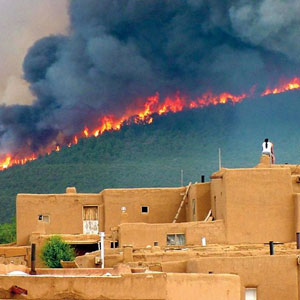
This story map provides Taos County residents with information about the ecological role of fire, the region’s wildfire risk, forest restoration projects, and emergency preparedness. Read more
-

Minority populations are growing in nearly all rural western counties, helping booming communities expand and slowing the decline in counties that otherwise would have lost people. Read more
-

Non-labor income sources such as investments, Social Security, Medicare, and Medicaid often are the largest and fastest growing sources of personal income for many counties. Rural counties especially are surprisingly dependent on non-labor income. Read more
-

A guide to planning for the long-term social, economic and environmental well-being of the community of Colstrip, Montana. Read more
-
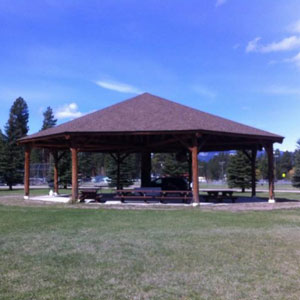
Many rural western towns face economic uncertainty. This report—informed by interviews and public meetings with residents—compares Lincoln to peer communities and outlines rural economic development options building on the town’s strengths. Read more
-
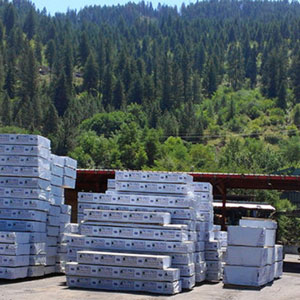
New analysis and interactive map show how the President’s budget proposal cuts county payments and the impact for every county in the nation. Read more
-
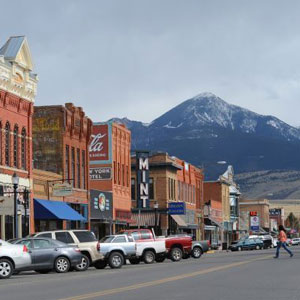
The rural West matters for at least three important reasons: the vitality of the region’s landscape; its impact on local, state, and national politics; and the future of the area’s people and communities. Read more
-
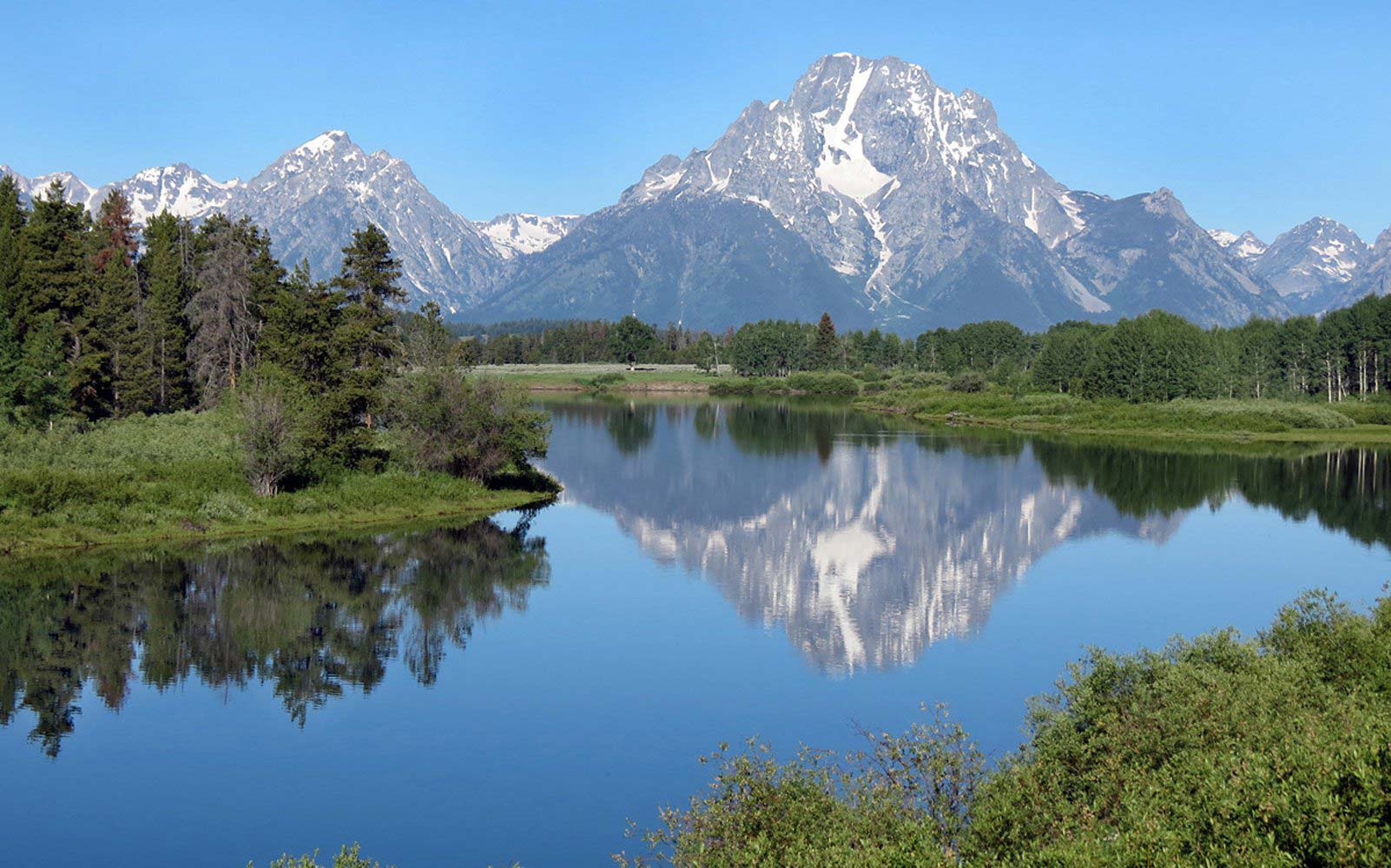
Headwaters Economics compiled a number of regional reports, case studies, tools, research library, and related news articles on the value of public lands to nearby communities. Read more
-
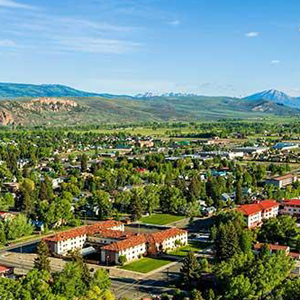
Explore socioeconomic trends in Gunnison County and neighboring Colorado counties. Read more
-

While most western rural counties are aging and losing young families, the loss of school kids in rural western counties with protected lands such as National Monuments was, on average, less than half the rate of loss for similar counties without protected lands. Read more
-

This post compares economic and demographic characteristics of communities where coal-fired power plants have recently retired or are scheduled to retire. Read more
-

Unlike most countries and state governments, the U.S. has not created a natural resources trust which could help meet volatility and spending challenges facing local and county governments. Read more
-
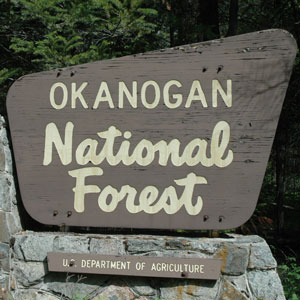
Update: Rural counties in the West with more federal lands performed better on average than their peers with less federal lands in four key economic measures. Read more
